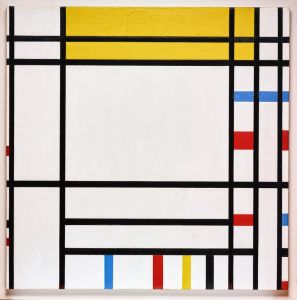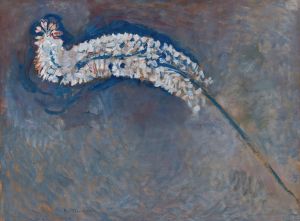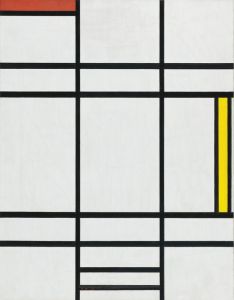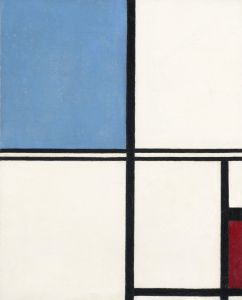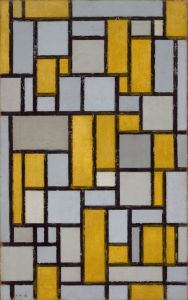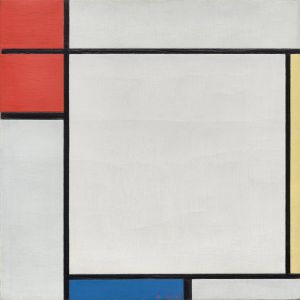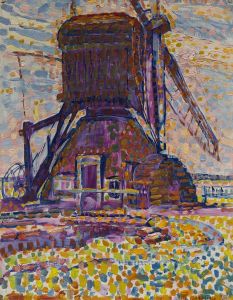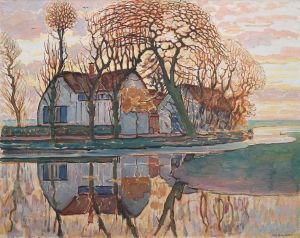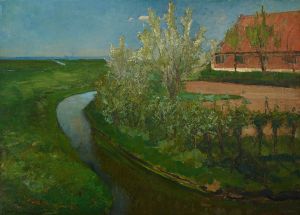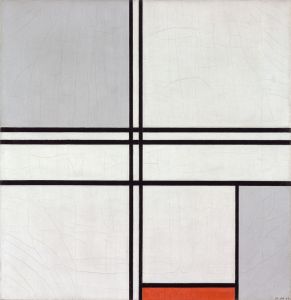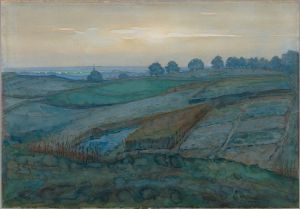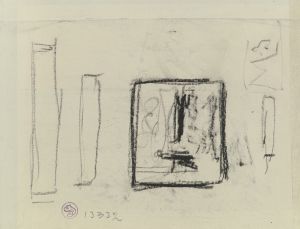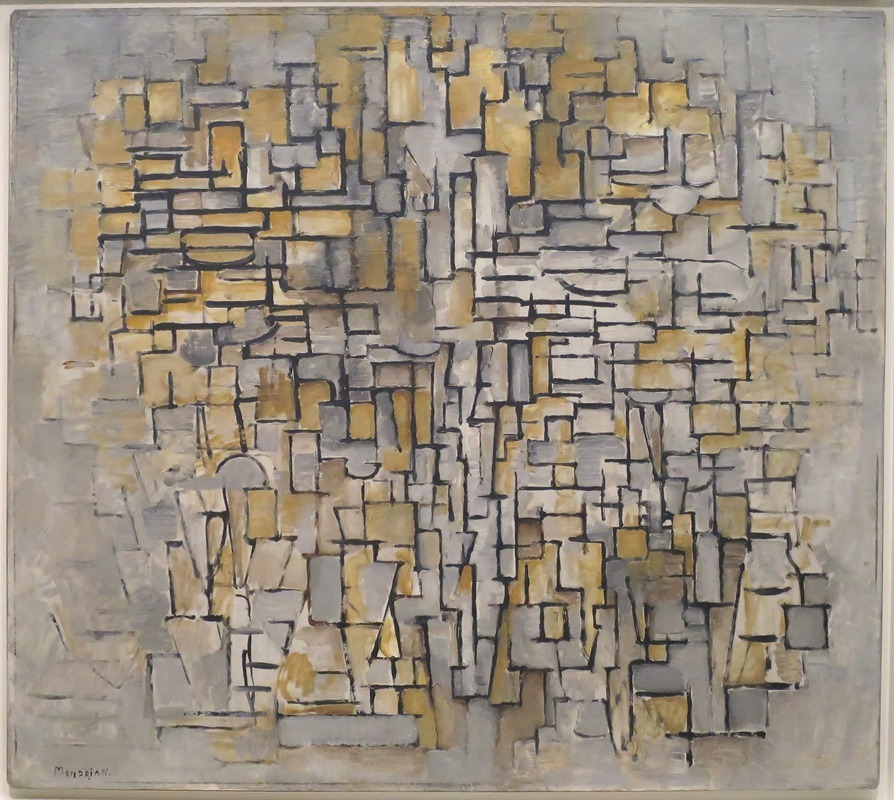
Tableau No. 2,Composition No. VII
A hand-painted replica of Piet Mondrian’s masterpiece Tableau No. 2,Composition No. VII, meticulously crafted by professional artists to capture the true essence of the original. Each piece is created with museum-quality canvas and rare mineral pigments, carefully painted by experienced artists with delicate brushstrokes and rich, layered colors to perfectly recreate the texture of the original artwork. Unlike machine-printed reproductions, this hand-painted version brings the painting to life, infused with the artist’s emotions and skill in every stroke. Whether for personal collection or home decoration, it instantly elevates the artistic atmosphere of any space.
Piet Mondrian's "Tableau No. 2, Composition No. VII" is a notable work within the artist's oeuvre, reflecting his pioneering role in the development of abstract art in the early 20th century. Mondrian, a Dutch painter, is best known for his contribution to the De Stijl art movement, which he co-founded with Theo van Doesburg. This movement emphasized simplicity and abstraction, focusing on basic visual elements such as geometric forms and primary colors.
"Tableau No. 2, Composition No. VII" exemplifies Mondrian's mature style, characterized by a grid of vertical and horizontal black lines and the use of primary colors—red, blue, and yellow—alongside white and gray. This painting, like many of Mondrian's works from this period, reflects his philosophical and aesthetic beliefs, which were influenced by his interest in spirituality and theosophy. Mondrian sought to express universal truths and harmony through his art, reducing forms to their essence to achieve a sense of balance and order.
The painting is part of Mondrian's series of "Compositions" and "Tableaux," which he worked on during the 1920s and 1930s. These works are characterized by their rigorous structure and the use of a limited color palette, which Mondrian believed could convey a sense of purity and universality. The grid structure in "Tableau No. 2, Composition No. VII" is a hallmark of Mondrian's style, representing his quest to depict the underlying structure of reality.
Mondrian's approach to painting was methodical and deliberate. He meticulously planned his compositions, often making numerous sketches and studies before executing the final work. This careful planning is evident in the precise arrangement of lines and colors in "Tableau No. 2, Composition No. VII," which creates a dynamic tension and rhythm across the canvas. The interplay of colored and non-colored spaces invites viewers to engage with the painting on both a visual and intellectual level.
The impact of Mondrian's work extends beyond the realm of painting. His ideas about abstraction and design have influenced various fields, including architecture, graphic design, and fashion. Mondrian's emphasis on simplicity and functionality resonated with the modernist movement, and his work continues to inspire artists and designers today.
"Tableau No. 2, Composition No. VII" is housed in a prominent art collection, where it is appreciated for its historical significance and aesthetic qualities. Mondrian's legacy as a pioneer of abstract art is firmly established, and his works remain a testament to his innovative spirit and vision. Through paintings like "Tableau No. 2, Composition No. VII," Mondrian challenged traditional notions of art and paved the way for future generations of artists to explore new forms of expression.






